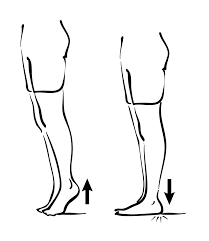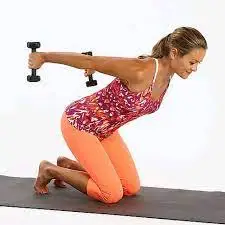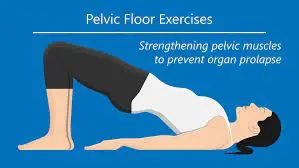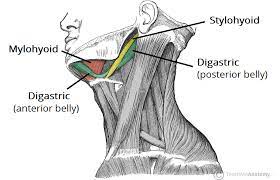Calf raising
Table of Contents
Introduction
Calf raising exercise is a strength training exercise that primarily targets the calf muscles, specifically the gastrocnemius and soleus muscles. It involves lifting the heel off the ground while keeping the toes on the ground, or using a calf raise machine or resistance bands to add weight or resistance.
To perform a basic standing calf raise, stand with your feet shoulder-width apart and lift your heels off the ground while keeping your toes on the ground. maintain for some seconds before letting down back down to the initial position. To raise resistance force, you can keep dumbbells or use a calf-raise machine.
Improving muscle performance in calf-raising exercises can lead to improved strength and stability in daily activities such as walking, running, and jumping. It can also help prevent injuries and improve overall athletic performance, especially for sports that require explosive movements such as basketball, volleyball, and track and field.
Muscle performance

Calf-raising exercises involve the gastrocnemius and soleus muscles, which are both located in the calf region of the leg. The gastrocnemius muscle is a large muscle that is visible on the back of the leg and has two heads that originate from the femur bone. The soleus muscle is placed beneath the gastrocnemius muscle and originates from the tibia and fibula bones.
During calf-raising exercises, both muscles work together to produce plantarflexion, which is the movement of pointing the foot downwards. The gastrocnemius muscle is primarily responsible for plantarflexion and knee flexion, while the soleus muscle is responsible for plantar flexion when the knee is bent.
To perform a calf raise exercise, the individual stands with their feet shoulder-width apart and lifts their heels off the ground while keeping their toes on the ground. This movement targets the calf muscles and can be performed with body weight, weights, or resistance bands.
Other exercises that involve the calf muscles include jump training, plyometric exercises, and single-leg exercises. These exercises can help improve explosive power and agility in sports that require quick movements and changes of direction.
Improving muscle performance in calf-raising exercises can have benefits beyond athletic performance. Strong calf muscles can improve balance and stability, which can reduce the risk of falls and injuries in older adults. They can also help prevent common injuries such as Achilles tendonitis and plantar fasciitis.
Types

- Standing Calf Raises: This is the most common and basic calf exercise. Place your heels over the edge of an elevated surface as you stand there. Slowly elevate your heels to as much height as you can, then slowly bring them down to where you were.
- Single-Leg Calf Raises: This exercise is similar to standing calf raises, but it is done with one leg at a time. This type is great for increasing balance and stability.
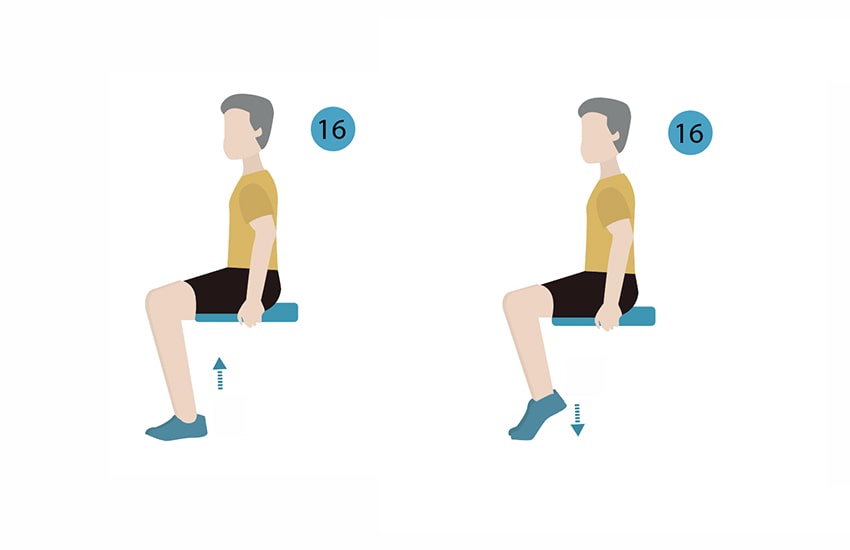
- Seated Calf Raises: This exercise is done using a calf raise machine or a bench. Sit with your knees bent and place your feet on the platform. increase your heels as high as possible, then let down them.
- Donkey Calf Raises: This exercise is done by leaning forward and resting your hands on a sturdy object, such as a bench or wall. Place your toes on a raised surface and lift your heels as high as possible.
- Box Jumps: This exercise involves jumping onto a raised platform, such as a box or step. It targets the calf muscles while also improving explosive power and overall leg strength.
- Jump Rope: Jumping rope is a great cardiovascular exercise that also targets the calf muscles. It can be done with or without a jump rope and can be modified to increase intensity.
- Hill Sprints: Running uphill is an excellent way to work the calf muscles while also improving cardiovascular fitness and leg strength.
How to perform?
To perform a calf raise exercise, follow these steps:
- Stand with your feet shoulder-width apart, keeping your toes pointing forward.
- Slowly lift your heels off the ground, raising your body up onto the balls of your feet. Maintain your knees straight but not locked.
- Maintain the raised posture for some seconds, then gradually let down your heels back to the surface.
- do it again this exercise for the desired number of repetitions.
Tips:
- maintain your core busy and your back straight during the whole exercise.
- Avoid bouncing or jerking movements, and focus on controlled, smooth movements.
- To increase the intensity of the exercise, you can hold weights in your hands or use a resistance band around your ankles.
- You can also perform the exercise on a step or raised platform, allowing your heels to drop below the level of your toes for a deeper stretch and increased range of motion.
Benefits of calf raising
Calf raising exercise is a simple yet effective exercise that targets the calf muscles in the lower leg.
Here are some of the benefits of calf raising exercise in detail:
- Builds strength and muscle mass: Calf-raising exercise targets the gastrocnemius and soleus muscles in the calf, which are responsible for ankle flexion and extension. Regularly performing calf raises can help increase muscle mass and strength in these muscles, leading to improved athletic performance and reduced risk of injury.
- Improves balance and stability: Strong calf muscles are essential for maintaining balance and stability, especially during activities that require standing or walking for prolonged periods. Calf-raising exercise can help improve your balance and stability by strengthening the muscles in your lower legs.
- Enhances flexibility: Tight calf muscles can lead to a variety of issues, such as plantar fasciitis, Achilles tendonitis, and calf strains. Calf-raising exercise can help improve flexibility in the calf muscles, reducing the risk of these injuries.
- Helps with weight loss: Calf-raising exercise is a great way to burn calories and lose weight, especially when combined with a healthy diet and other forms of exercise. This exercise can help increase your heart rate and metabolism, leading to increased calorie burn.
- Can be done anywhere: Calf raising exercise can be done anywhere, anytime, without any equipment. All you need is a flat surface to stand on, making it a convenient exercise to add to your routine.
Overall, calf-raising exercise is a simple yet effective exercise that offers numerous benefits for your lower legs and overall fitness.
Precautions
While calf-raising exercise is generally safe for most people, there are some precautions you should take to avoid injury:
- Start slowly: If you are new to calf-raising exercise, start slowly and gradually increase the intensity and duration of your workouts. This will help in preventing muscle soreness and decrease the chances of injury.
- Use proper form: When performing calf raises, make sure to use proper form to avoid straining your muscles or joints. Keep your back straight, shoulders relaxed, and feet hip-width apart. Slowly lift your heels off the ground and hold for a few seconds before lowering them back down.
- Avoid overtraining: While calf-raising exercise can be beneficial, overtraining can lead to muscle fatigue and injury. Make sure that take enough rest in between exercises to take rest and to recover between workouts.
- Stretch before and after To prevent muscle strain or injury, it’s important to stretch your calf muscles before and after your workout. This will help in improving flexibility and decrease the risk of injury.
- Consult a doctor if you have any medical conditions: If you have any medical conditions or injuries that affect your lower legs, it’s important to consult a doctor before starting calf-raising exercises. They can provide guidance on how to safely perform the exercise and avoid exacerbating any existing conditions.
FAQ
Calf raising exercise is a type of strength training exercise that targets the calf muscles. It involves lifting the heels off the ground while standing or sitting and then lowering them back down.
The number of sets and repetitions you should do rely on your fitness level and goals. As a general guideline, beginners may start with 2-3 sets of 10-15 reps, while more advanced lifters may do 3-5 sets of 15-20 reps.
You can perform calf-raising exercises 2-3 times per week, either as part of a full-body workout or as a standalone exercise.
It is important to use proper form when performing calf raises to avoid injury. Keep your core engaged, your knees slightly bent, and your weight evenly distributed between your toes and heels. If you have any pre-existing injuries or conditions that affect your lower body, it is recommended to consult with a healthcare provider before starting a new exercise program.

